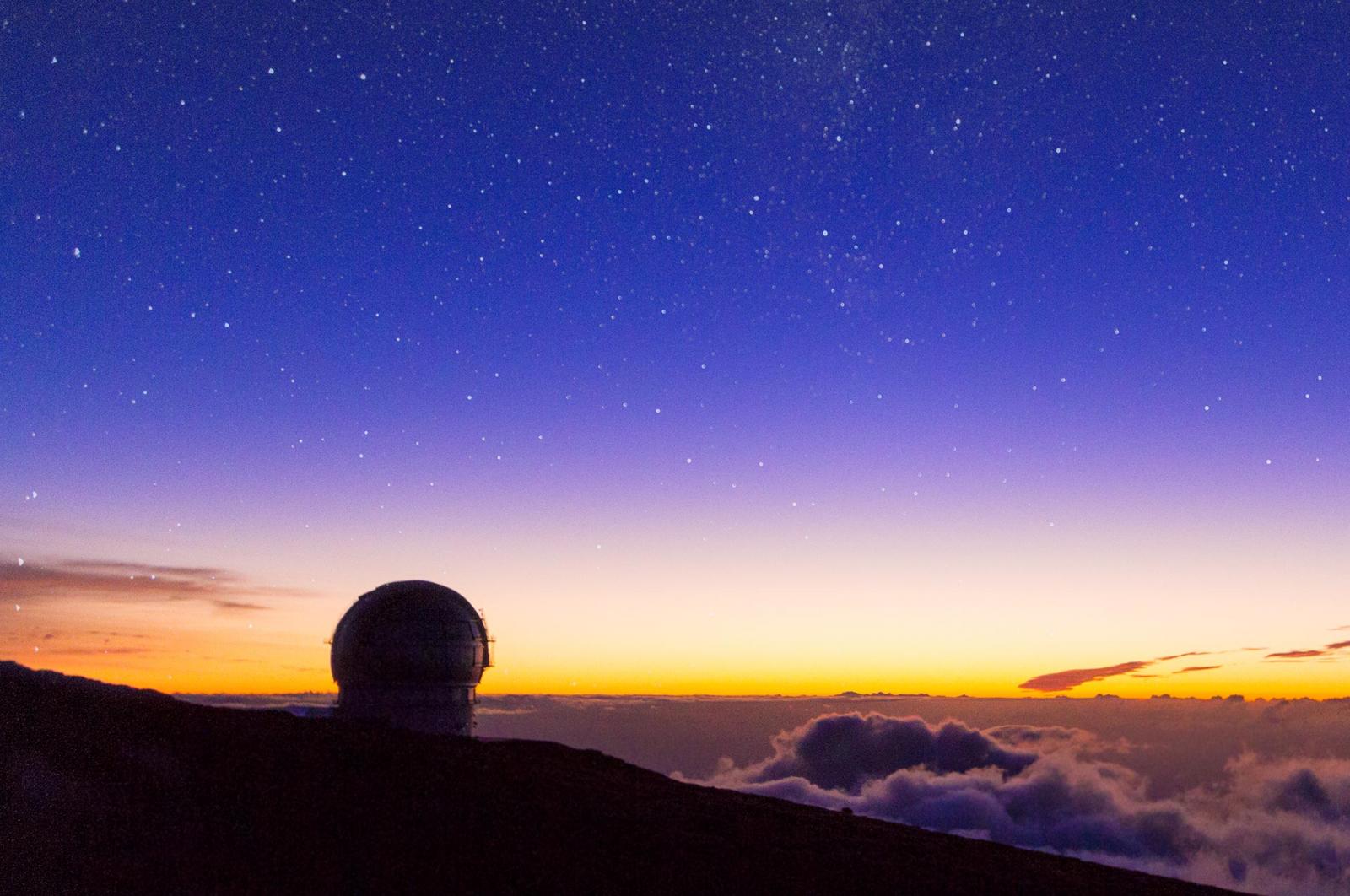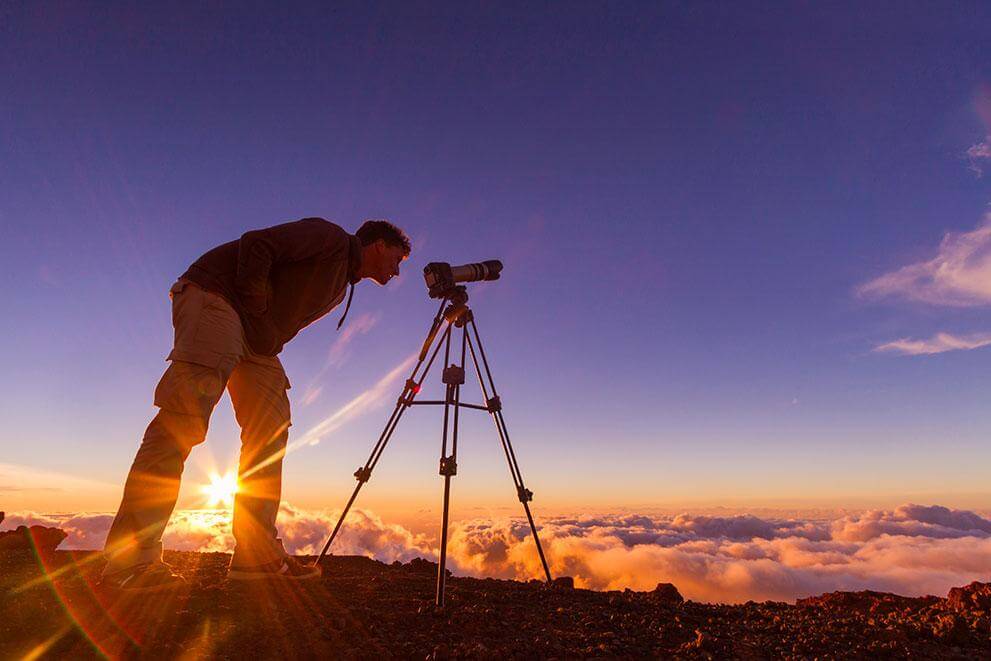An annual calendar to enjoy astronomical events on the island with the clearest skies in Europe.
Declared a Starlight Destination and Reserve, the Isla Bonita is one of the favorite places for astronomy lovers to enjoy the star shower throughout the year. With one of the clearest skies in the world, and a network of astronomical viewpoints that covers all the municipalities, in the highest parts of the island you can observe the Milky Way with the naked eye, a captivating and amazing spectacle.
Where to See the Leonids, Perseids and Geminids
The incredible sky of La Palma is one of the reasons why since 1985 the island has had an Astrophysics Institute of the Canary Islands, home to a community of international scientists who collaborate on space research.
Located 2,426 meters above sea level, Roque de los Muchachos is one of the best places in the world for stargazing thanks to the phenomenon known as the Sea of Clouds, which blocks light pollution from coastal cities.
In all its municipalities La Palma also has a network of astronomical viewpoints that make up an outdoor astronomical museum, with different themes ranging from the interpretation of the sky to the simulation of the equinoxes and solstices. Lovers of the night sky can also enjoy the wide range of activities available on the island, including trails and places of astronomical interest.
Archaeoastronomy also follows the trail of the first inhabitants of the island, the Awara, who, according to new research, recorded ancient stellar, solstitial and equinoctial markers through various rock engravings and piles of stones.
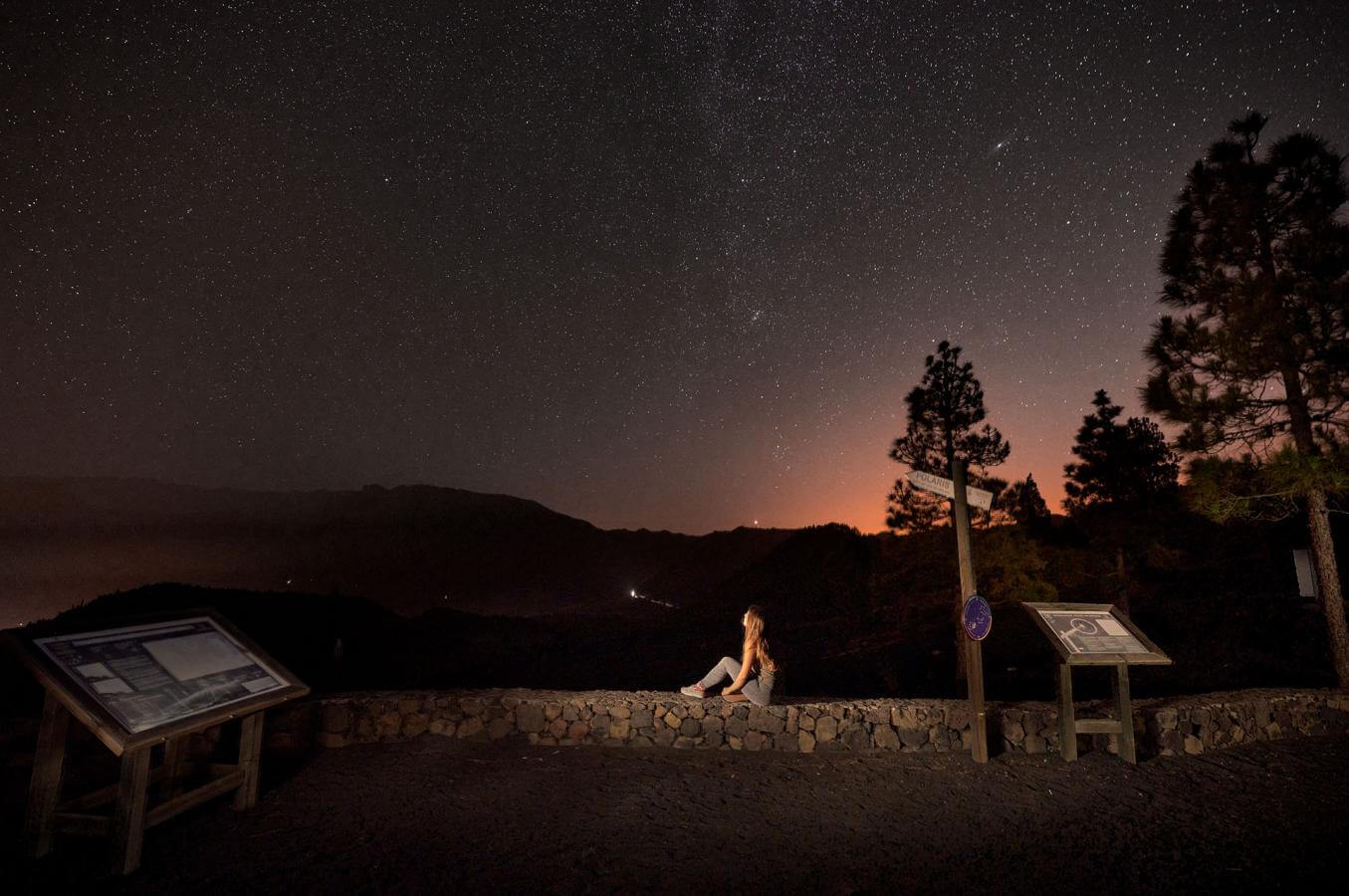
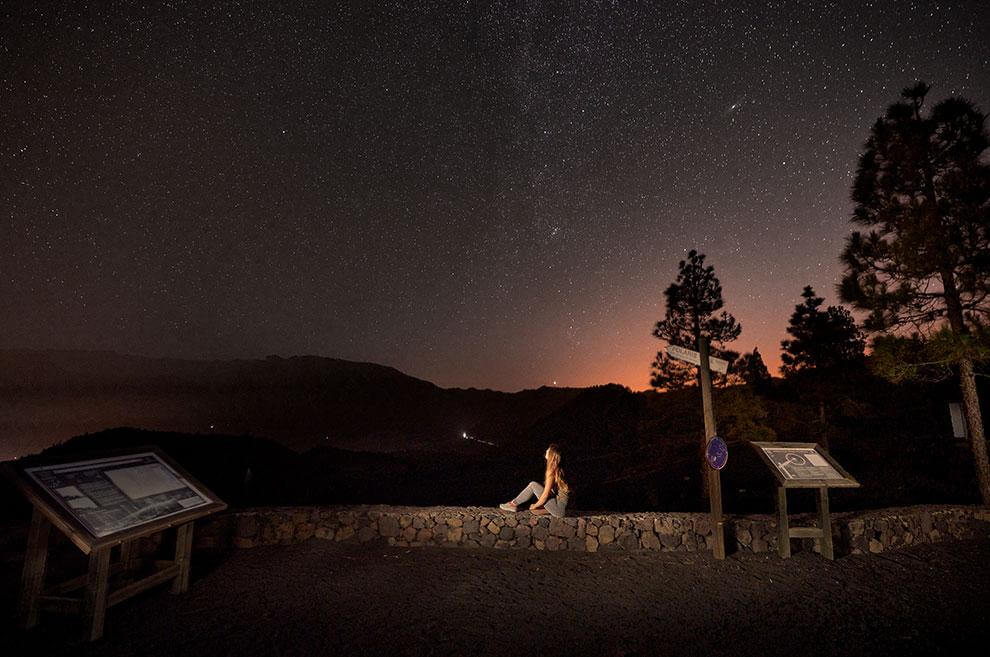
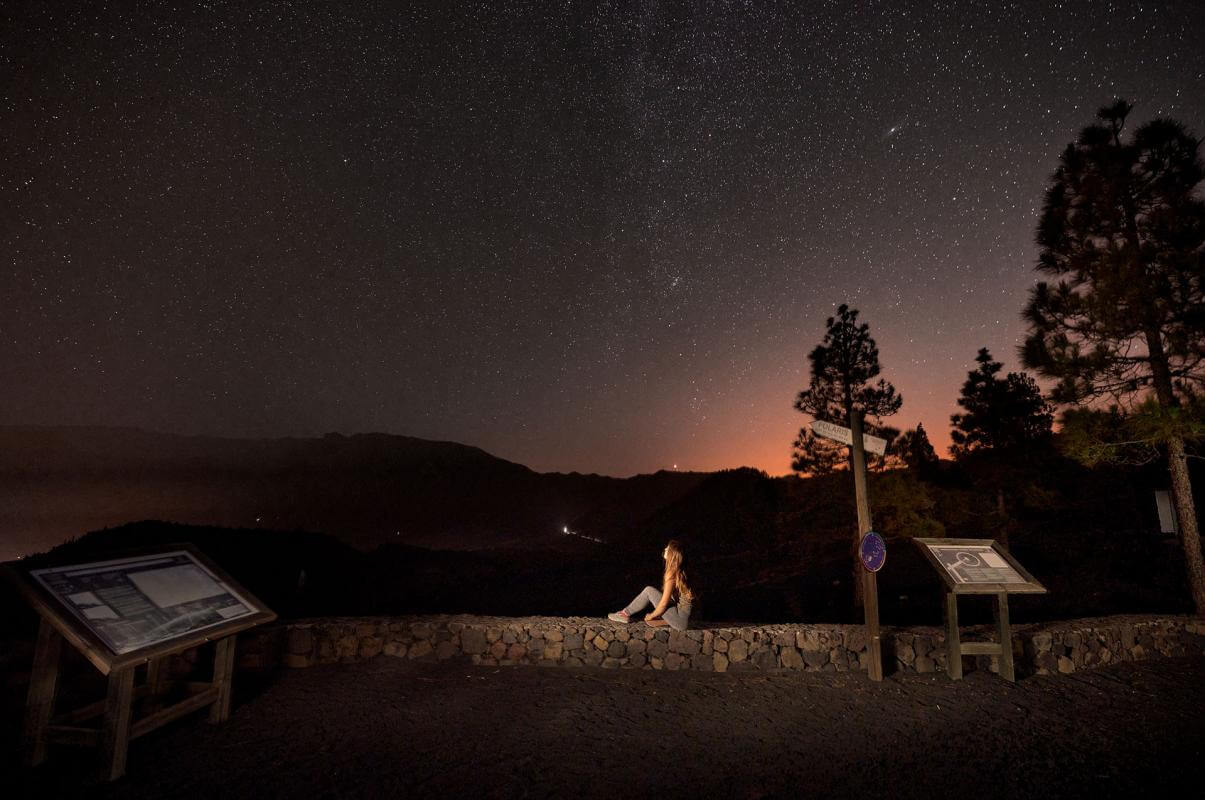
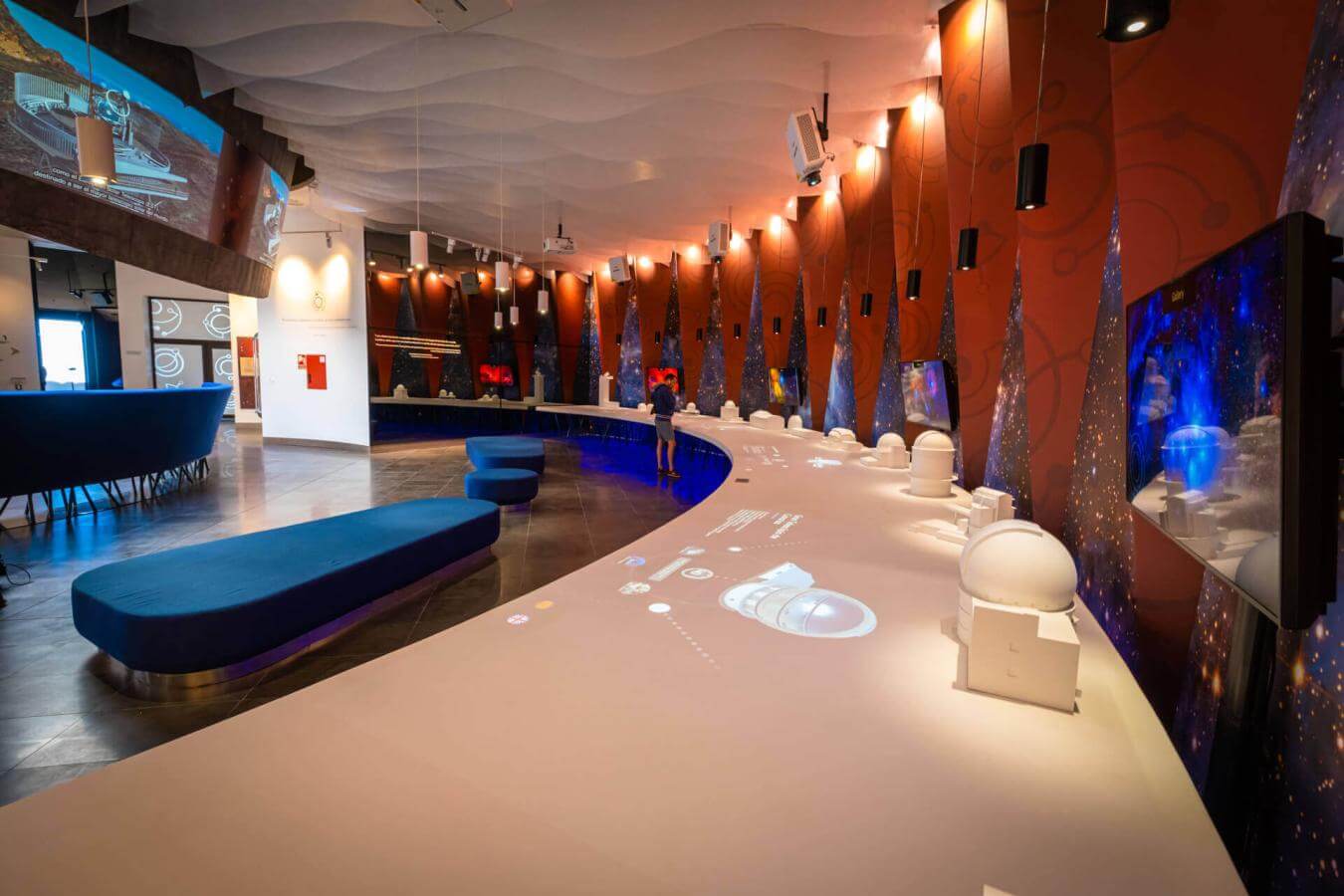

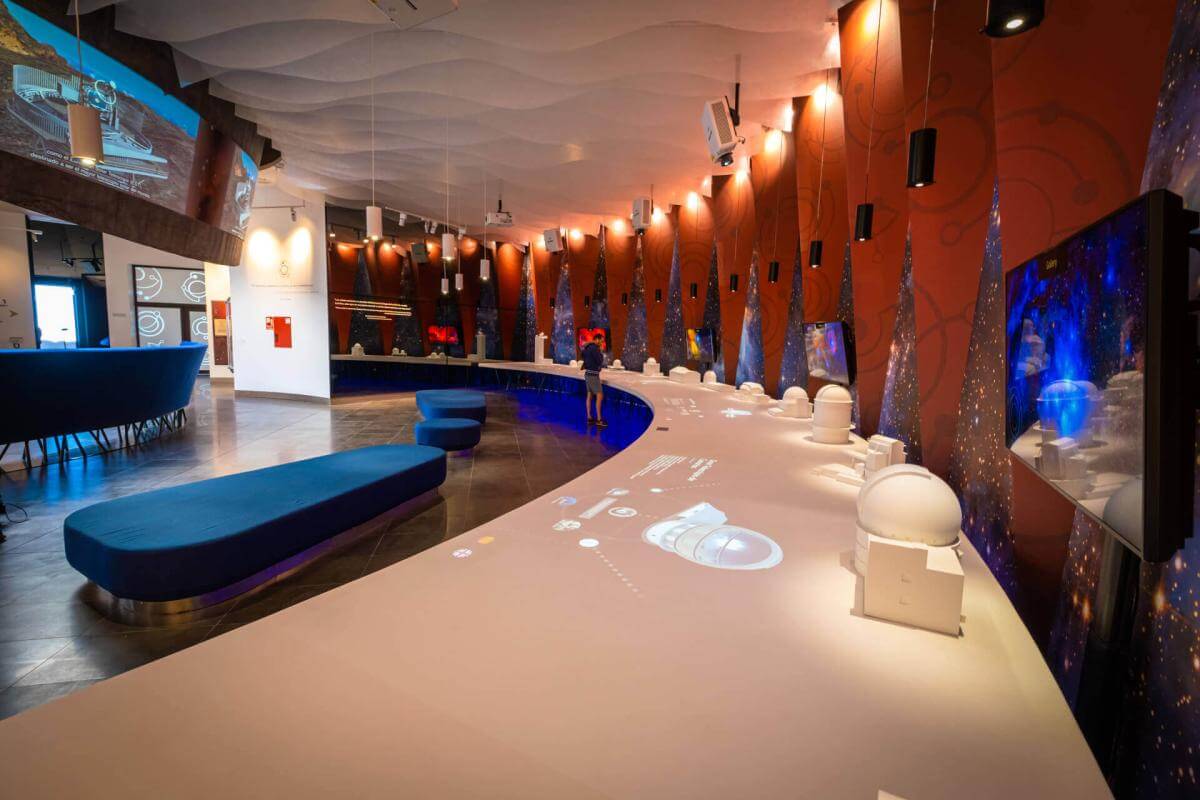
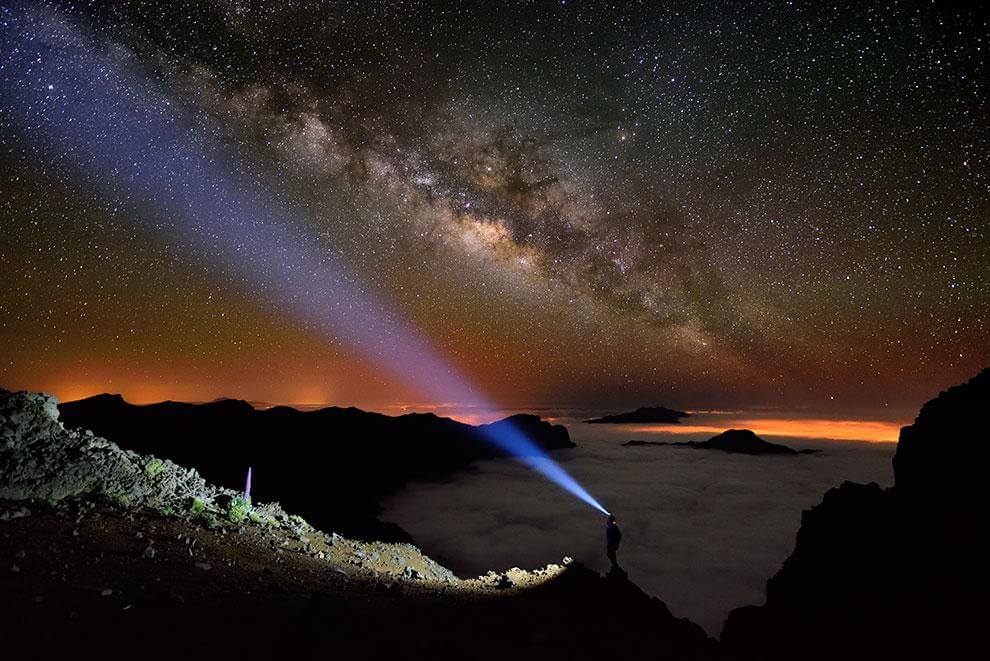
How to See a Meteor Shower in La Palma
In order to make the observation of the star shower as fruitful as possible, the Cabildo Insular has published a guide that includes recommendations such as wearing comfortable warm clothes, as well as food and drink, because if there is one thing that astronomical observation requires, it’s patience.
To observe the cosmos with the naked eye it’s also recommended to limit the use of flashlights and headlamps that hinder the contemplation of other users, respect for the observation of vehicles circulating in the area, the prohibition against making noise, playing music or leaving garbage at the observation sites.
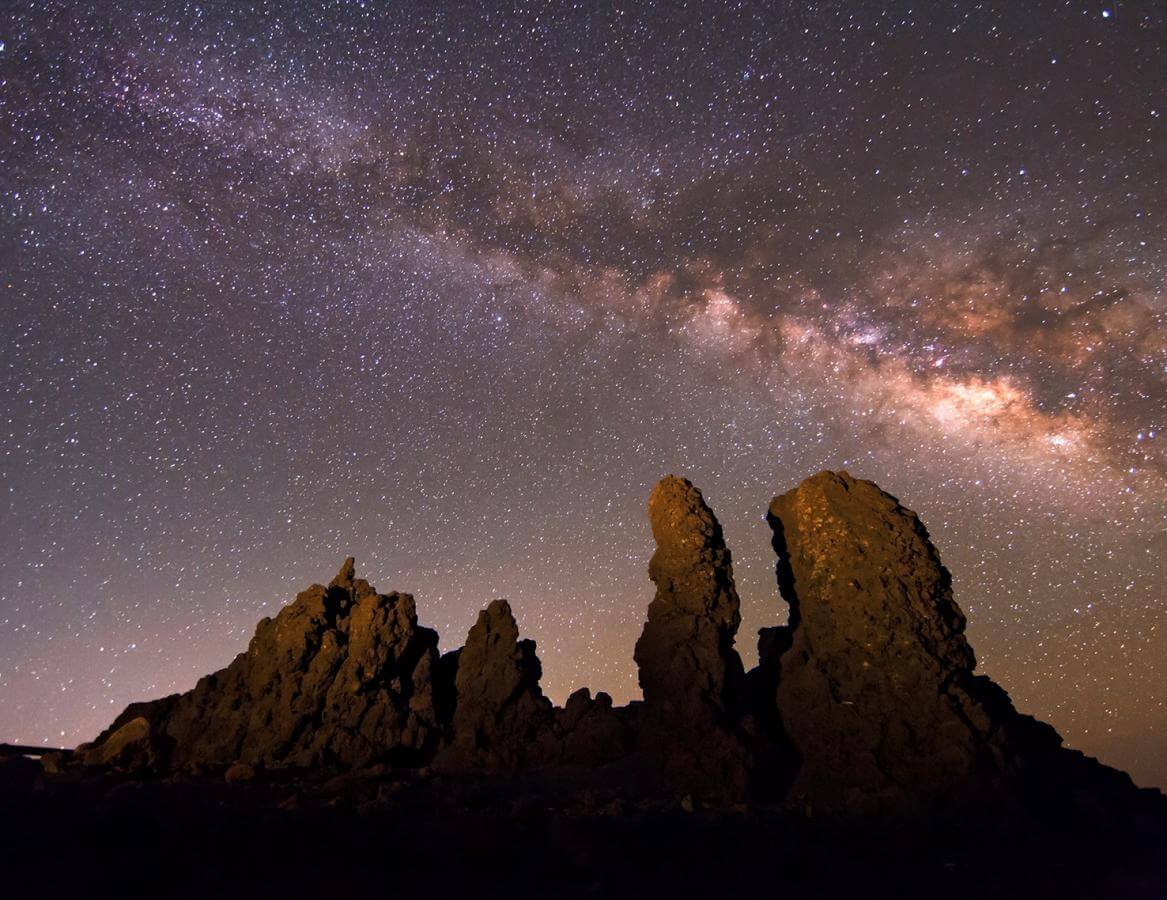

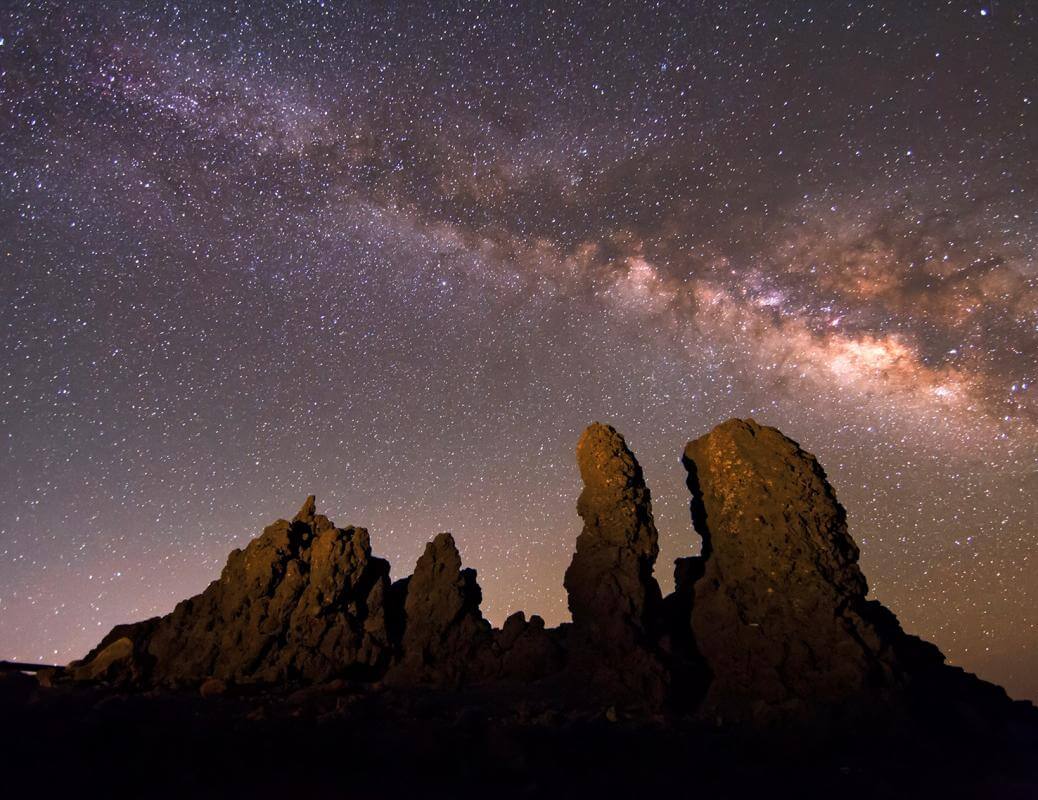
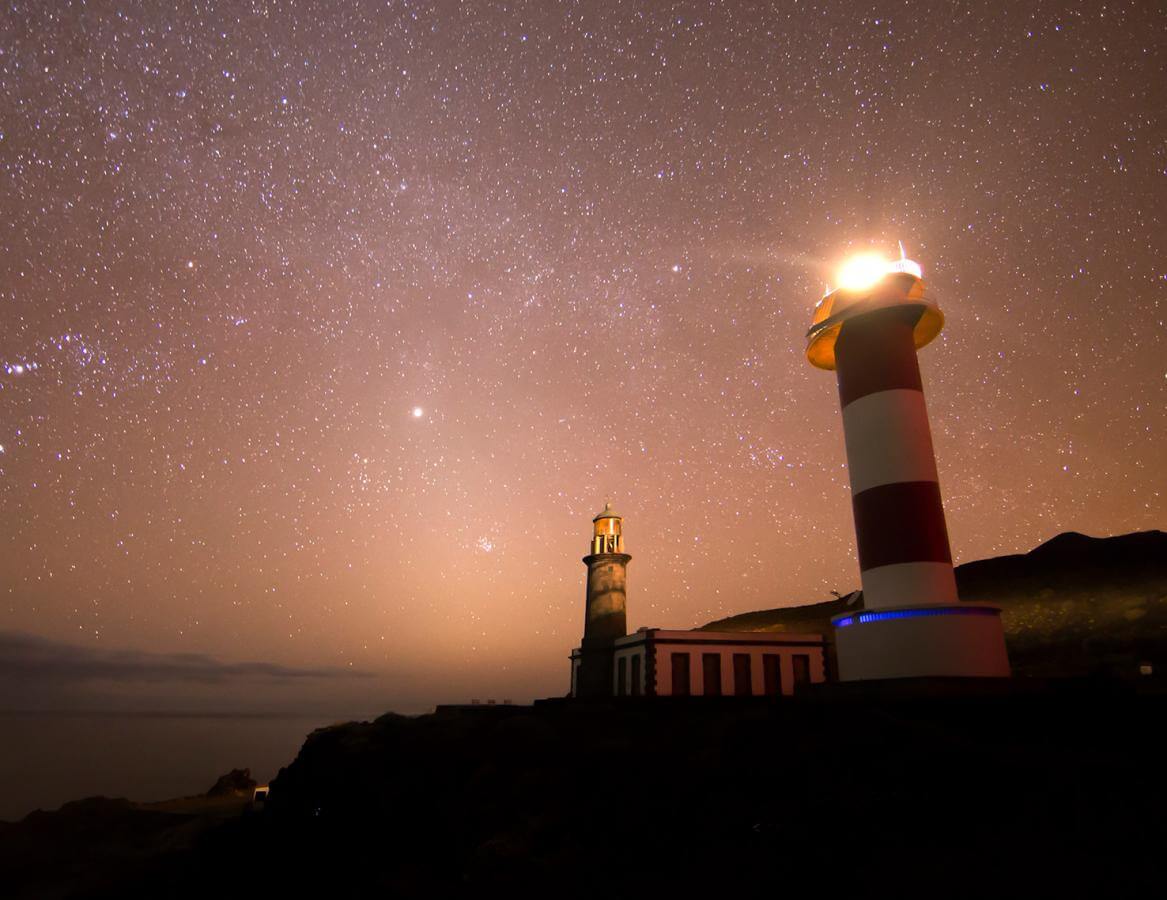

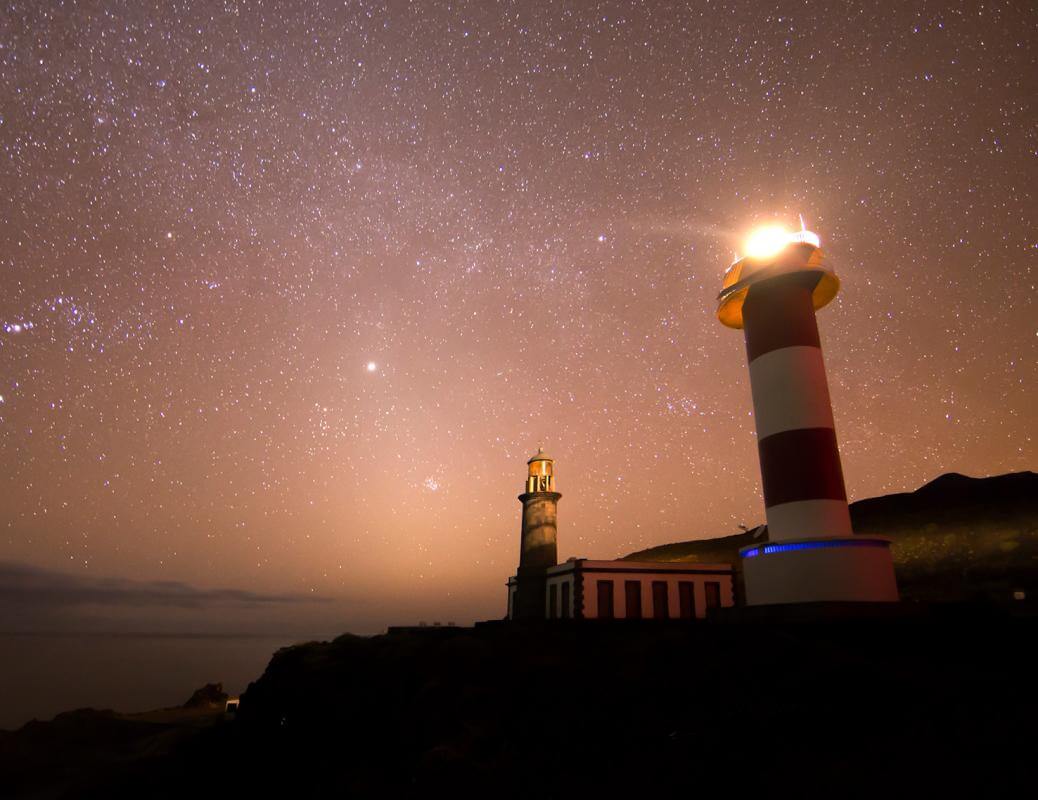
Meteor Shower All Year Round
Throughout the year the sky in La Palma offers a show that can be followed almost month after month.
- The Quadrantid meteor shower, for example, occurs from 27 December to 10 January and can be seen on La Palma. Activity does not cease on any of these days.
- The Lyrid meteor shower occurs on 21 and 22 April and is visible from La Palma. This is a medium strength meteor shower that generally produces good rates of meteors over three nights.
- The Aquarid meteor shower occurs from 29 April through 2 May. On La Palma the best time is before sunrise.
- The Alpha Capricornids meteor shower occurs on 29 and 30 July and La Palma is one of the best places to see them.
- The Perseid meteor shower is the most popular meteor shower, peaking on warm August nights on La Palma. The Perseids are active from 17 July to 24 August.
- The Leonids are meteor storms that occur from 6 to 30 November. They are special because the color of these meteors is generally reddish; they are very fast as the Earth meets them head-on; and they often leave behind a green trail that persists for a few seconds.
- The Geminids is the most intense meteor shower of the year. In addition, the best time to see them is in the middle of the night. It occurs between 12 and 15 December, and with the spring weather of the Canary Islands and La Palma, it’s a delight to see them on these winter dates.
- The Ursid star shower occurs before 31 December. From 16 to 26 December they fall from the sky to bid farewell to the year in the northern hemisphere, the only place where they can be seen, and La Palma is a privileged place to do so.
Remember that on the island you will find a wide range of companies that will offer this wonderful experience to you.



